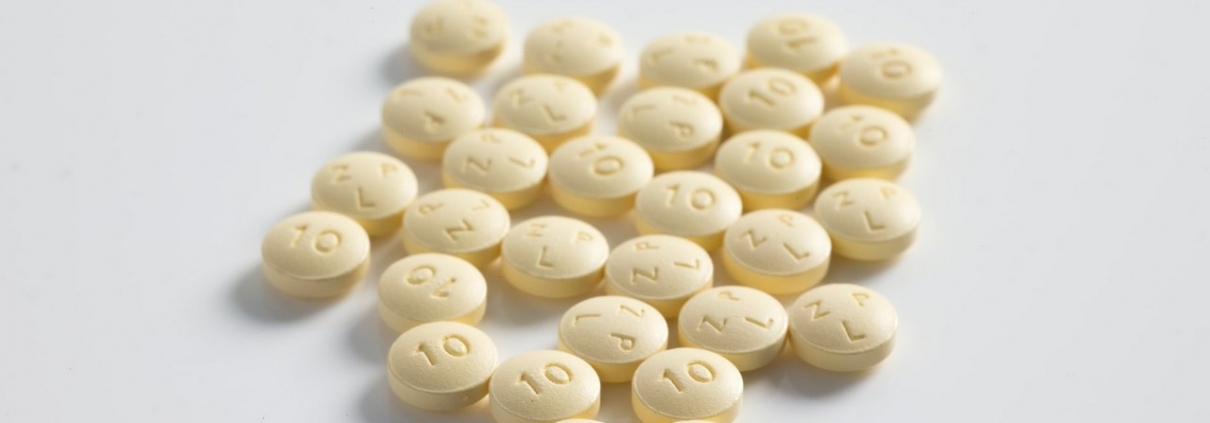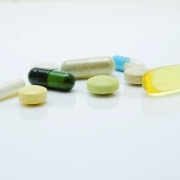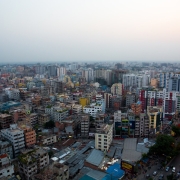New psychoactive substances
The rapid emergence of a large number of NPS on the global drug market poses a significant risk to public health and a challenge to drug policy. Often, little is known about the adverse health effects and social harms of NPS, which pose a considerable challenge for prevention and treatment. The analysis and identification of a large number of chemically diverse substances present in drug markets at the same time is demanding. Monitoring, information sharing, early warning and risk awareness are essential to respond to this situation.
NPS have been known in the market by terms such as “legal highs”, “bath salts” and “research chemicals”. UNODC uses the term “new psychoactive substances (NPS)” which are defined as “substances of abuse, either in a pure form or a preparation, that are not controlled by the 1961 Single Convention on Narcotic Drugs or the 1971 Convention on Psychotropic Substances, but which may pose a public health threat”. The term “new” does not necessarily refer to new inventions — several NPS were first synthesized decades ago — but to substances that have recently become available on the market.
What are the risks of NPS?
The use of NPS is often linked to health problems. In general, side effects of NPS range from seizures to agitation, aggression, acute psychosis as well as potential development of dependence. NPS users have frequently been hospitalized with severe intoxications. Safety data on toxicity and carcinogenic potential of many NPS are not available or very limited, and information on long-term adverse effects or risks are still largely unknown. Purity and composition of products containing NPS are often not known, which places users at high risk as evidenced by hospital emergency admissions and deaths associated with NPS, often including cases of poly-substance use.
How widespread are NPS?
NPS have become a global phenomenon with 126 countries and territories from all regions of the world having reported one or more NPS. Up to December 2020, 1,047 substances have been reported to the UNODC Early Warning Advisory (EWA) on NPS by Governments, laboratories and partner organisations. NPS available on the market have similar effects as substances under international control such as cannabis, cocaine, heroin, LSD, MDMA (ecstasy) or methamphetamine. Looking at the effects of synthetic NPS that have been reported until December 2020, the majority are stimulants, followed by synthetic cannabinoid receptor agonists and classic hallucinogens with a notable increase in synthetic opioids in recent years.
Categories of NPS sold in the market
The main substance groups of NPS are aminoindanes (e.g. 5,6-methylenedioxy-2-aminoindane (MDAI)), synthetic cannabinoids (e.g. APINACA, JWH-018), synthetic cathinones (e.g. 4-methylethcathinone (4-MEC) and α-pyrrolidinopentiophenone (α –PVP)), phencyclidine-type substances (e.g. methoxetamine (MXE)), phenethylamines (e.g. 2C-E and 25H-NBOMe), piperazines (e.g. benzylpiperazine (BZP) and 1-(3-chlorophenyl) piperazine (mCPP)), plant-based substances (e.g. kratom (mitragyna speciosa Korth), salvia divinorum and khat (Catha edulis)), tryptamines (e.g. α-methyltryptamine (AMT)), and other substances (e.g. 1,3-dimethylamylamine (DMAA)).
What is the legal situation of NPS?
Since NPS are not controlled under the International Drug Control Conventions, their legal status can differ widely from country to country. Up to 2020, over 60 countries have implemented legal responses to control NPS, with many countries having used or amended existing legislation and others having used innovative legal instruments. Several countries where a large number of different NPS has rapidly emerged, have adopted controls on entire substance groups of NPS using a so-called generic approach, or have introduced analogue legislation that invokes the principal of “chemical similarity” to an already controlled substance to control substances not explicitly mentioned in the legislation. At the international level, up to March 2020, the Commission on Narcotic Drugs decided to place 60 NPS under international control. These control measures have to be implemented into the national legal framework of each country.
Source: UNODC.








Leave a Reply
Want to join the discussion?Feel free to contribute!